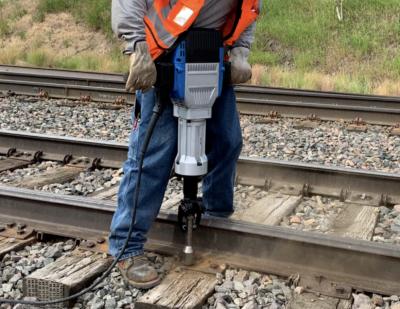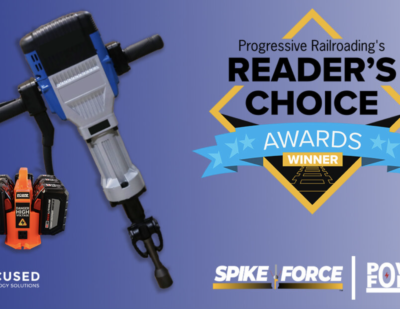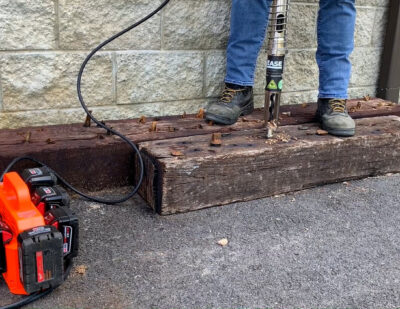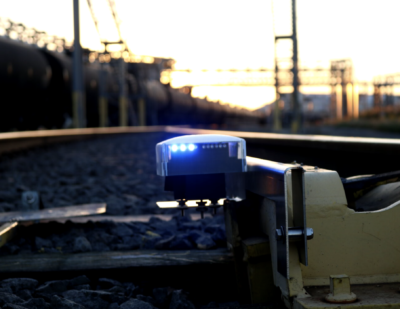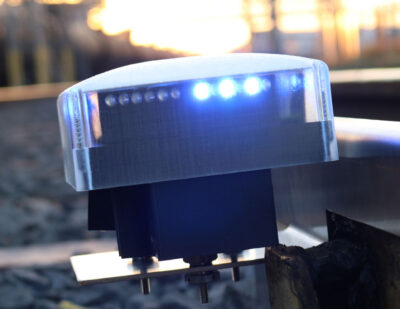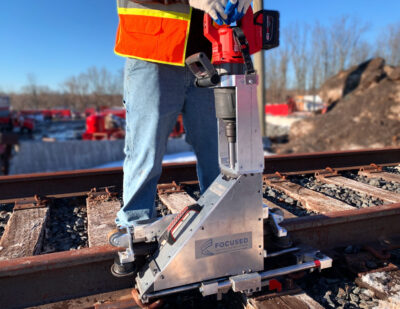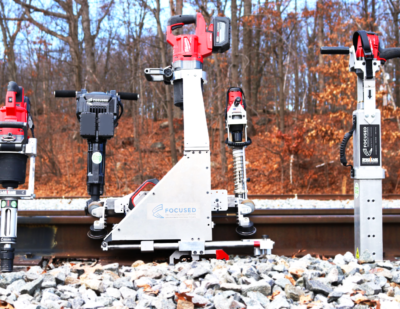Five Reasons Hydraulic Tools Are Rail Yard Liabilities
In life, when new information is presented and information changes, opinions must change with it. In rail for a long time, hydraulic tools have been extremely popular amongst railroaders because, well, there was no other technology that could match the productivity it yielded on the job site.
Over the last few years, more information about the harms of hydraulics to the environment — and rail personnel — has come to the forefront, and for the first time ever, there are tools that allow for easier use and higher productivity — namely battery-powered — that have taken some of the shine away from hydraulic tools.
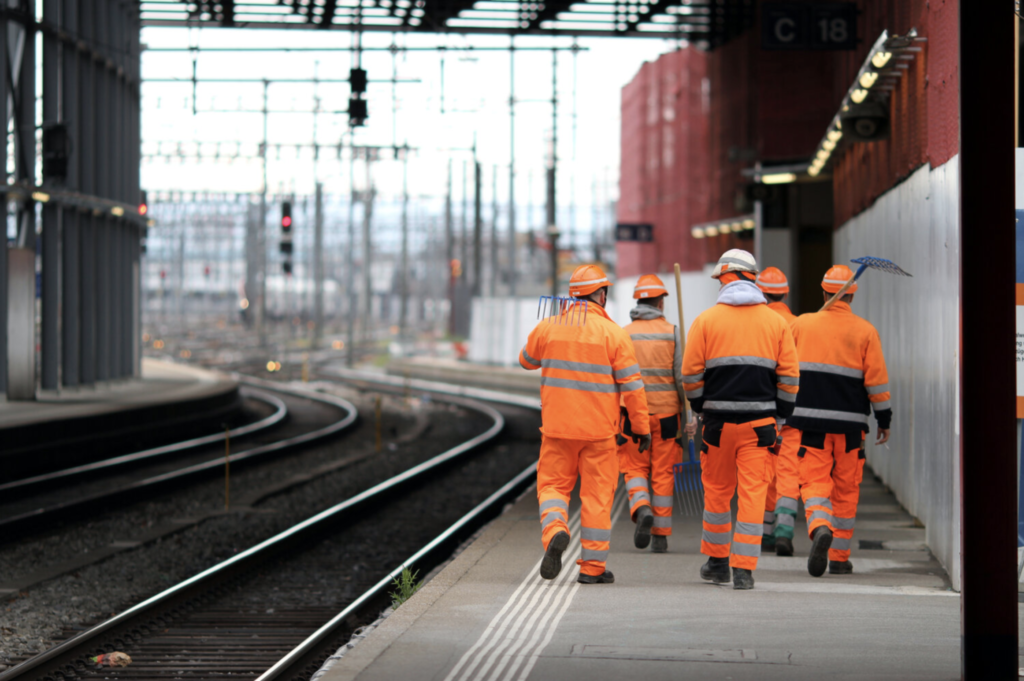
The battery-operated revolution is taking over rail and there are many reasons for its recent emergence; namely the elimination of many liabilities created by their hydraulic counterparts.
1. Dangers of Hydraulics
There is a reason that hydraulic tools have a million safety warnings all over them; hydraulics are very toxic and contact with a railroader’s skin can lead to serious medical complications and diseases.
Hydraulic tools also require railroaders to carry these huge, bulky and sometimes leaky hoses all around on the job. It might not sound like much but over time, the physical nature of the job takes a toll on the worker. This isn’t even to mention that hydraulic maintenance of way tools including spike pullers, laggers and tie drills are heavy by themselves. With the advent of battery-operated technology, this could be completely avoided.
2. Environmental Harm
Hydraulic tools have been much maligned for their negative impact on the environment; just ask the top executives of Class I railroads including Canadian Pacific, BNSF and Canadian National.
The future of rail yards in North America is a more green and climate-positive one as rail yards desperately try to reduce their carbon footprints.
This could help rail yards address the next section on this list.
3. Financial Liability
33 fluid ounces of hydraulic fluid is enough to pollute 33,814,022.7 fluid ounces of water. Also, if hydraulic fluids leak into the ground, the United States requires the EPA to come and perform a special removal process. Both of these scenarios could handicap a rail yard’s bottom line.
Even assuming there are no major environmental disasters over the course of a year, a rail yard is still going to spend millions of dollars on hydraulic fluid. Advancements in battery-operated technology allow yards to completely rid themselves of this hydraulic fluid — and the bills that come with it.
4. Productivity Drainhydraulic
With some of the bigger hydraulic units out there require multiple railroaders to operate, making them a time suck and incredibly inefficient. Smaller, cordless, battery-operated technology allows those two or three rail workers to work separately, allowing jobs to get finished with higher quality in less time.
5. Setup Takes Forever
Then there is the whole topic of setting up the hydraulics.
Is there anything that is worse than getting the call that you need to go replace a handful of ties and realizing that means you have to setup all the hydraulic tools just to do a short job?
For a long time, there was only a way to avoid this unfortunate reality for a few projects, like using the claw bar to pull cut spikes. That, of course, could lead to a whole bunch of other liabilities and issues.
Battery-operated technology, however, due to their compact size and operational simplicity, allow railroaders to avoid that dreaded hydraulic setup once and for all.
This article was originally published by Focused Technology Solutions.


